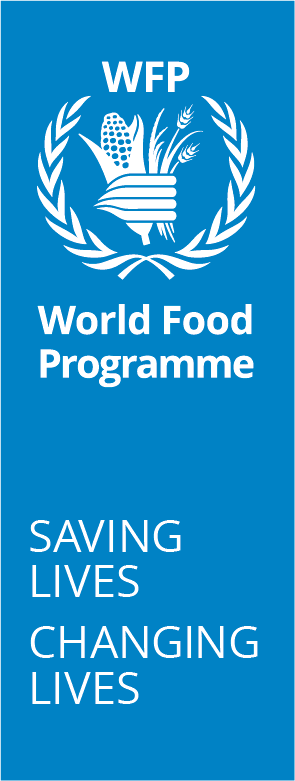
The State of School
Feeding Worldwide 2022

An interactive
experience
This report is WFP’s flagship publication and the main reporting mechanism of the School Meals Coalition. It provides an overview of how countries support their children through effective school meal programmes.
The State of School Feeding Worldwide publication is issued every two years and uses the best available data sources to provide an overview of coverage, implementation practices and costs of school-based health and nutrition programmes worldwide.
1
State of School Feeding
Worldwide 2022

School meal programmes have been restored after the COVID-19 crisis when schools around the world closed their doors and have exceeded pre-pandemic levels. The programmes continue to expand, getting children back into school, providing a vital safety net for families and supporting more sustainable food systems.
EARLY 2020
388
MILLION CHILDREN
370
199
IN 2022
418
MILLION CHILDREN
receiving school
meals globally
30
MILLION MORE
than the 388 million children
before the pandemic in early 2020
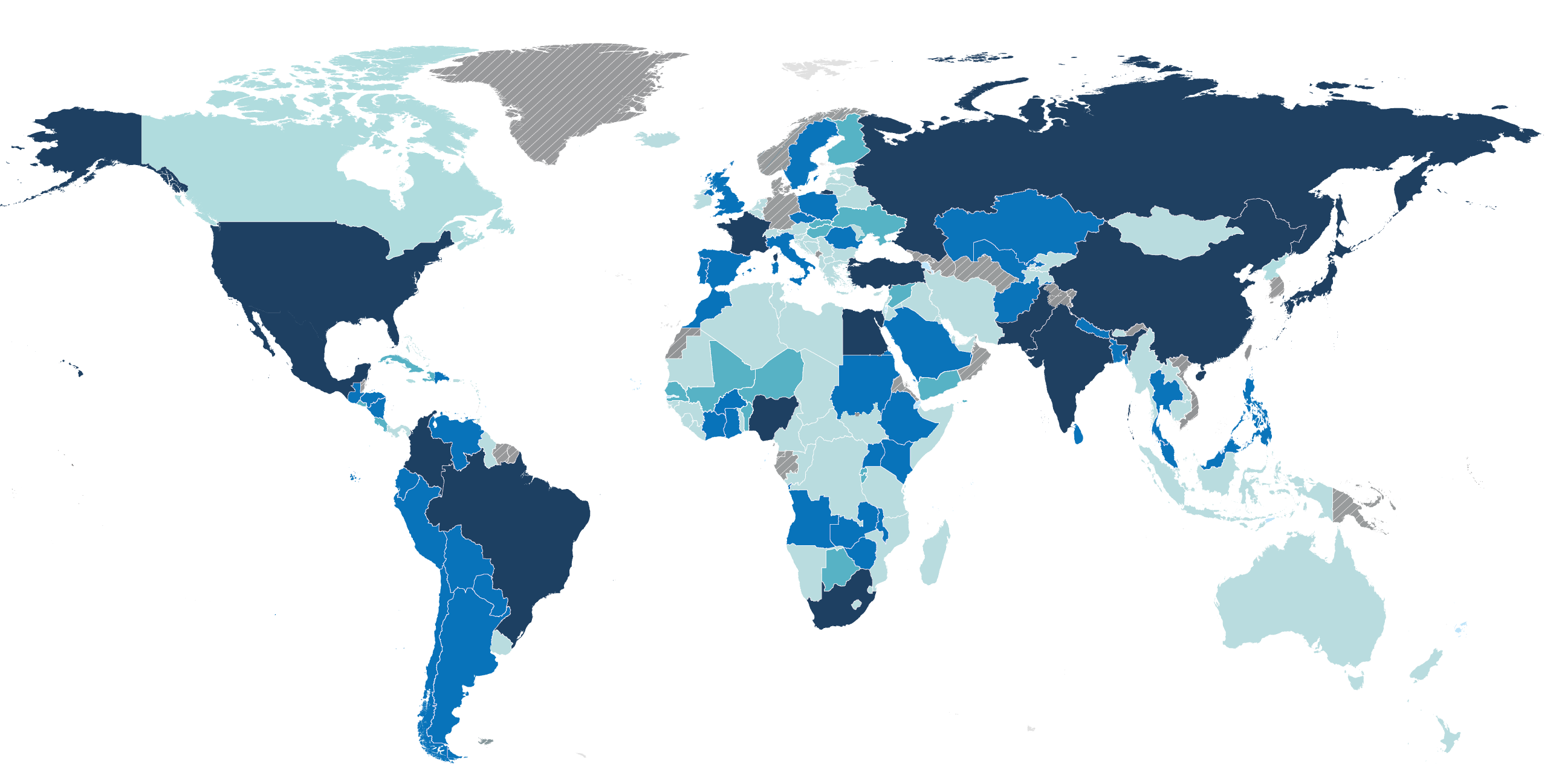
Children receiving school meals around the world
<0.5 million
0.5 - 1 million
1 - 5 million
>5 million
No data
North America
29
Latin America &
Caribbean
80
Middle East & North Africa
19
Europe & Central Asia
55
Sub-Saharan Africa
53
South Asia
125
East Asia & Pacific
57
QUESTA E'
LA MAPPA
sentence
sentence 2
2
Main
findings
The latest available data suggest that the number of children receiving school meals worldwide has increased since 2020. Domestic funds are the main source of funding in all countries.
Despite severe tightening of the fiscal space, low-income countries have increased their domestic funding for school meals, while donor support in these same countries has declined both proportionally and in real terms. This trend of increasing domestic funding is encouraging and confirms a growing prioritization of school meals by low-income governments.
An increasing number of countries are also strengthening and broadening the policy and legal frameworks governing their school meal programmes.
Global investments in school meals
48
43
2022
2020
US$ BILLION
418
388
2020
MILLION CHILDREN FED
2022
Between 2020 and 2022, global investment in school meals increased by US$ 5 billion (from US$ 43 billion to US$ 48 billion).
Domestic funding represents over 98 percent of the share of funding for school meals globally.
Status of school meals policy frameworks in 2020 and 2022
87 percent of countries now have a school feeding policy in place (up from 79 percent in 2020).
Breakdown of aggregate expenditure by
source of funding in 2020 and 2022
Low-income countries have increased their domestic financing by 15 percent and today spend US$ 392 million on school meals.
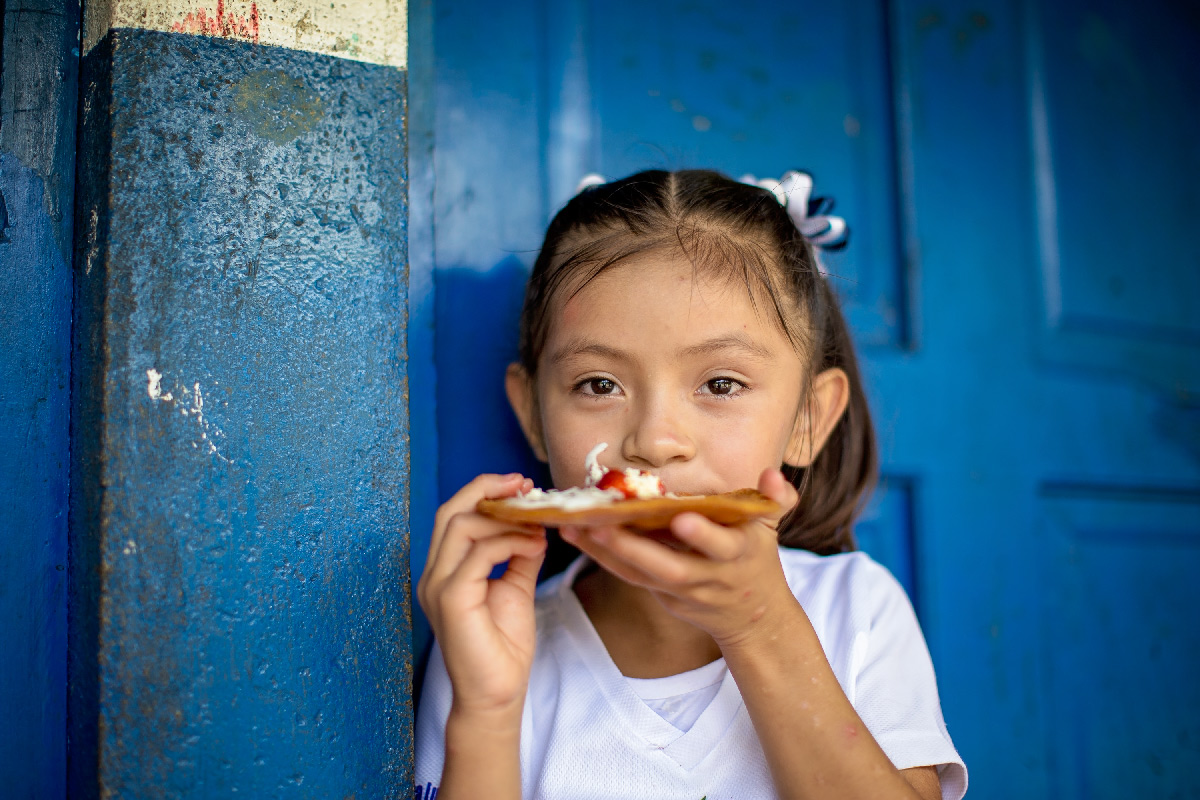
WFP/Cassandra Prena
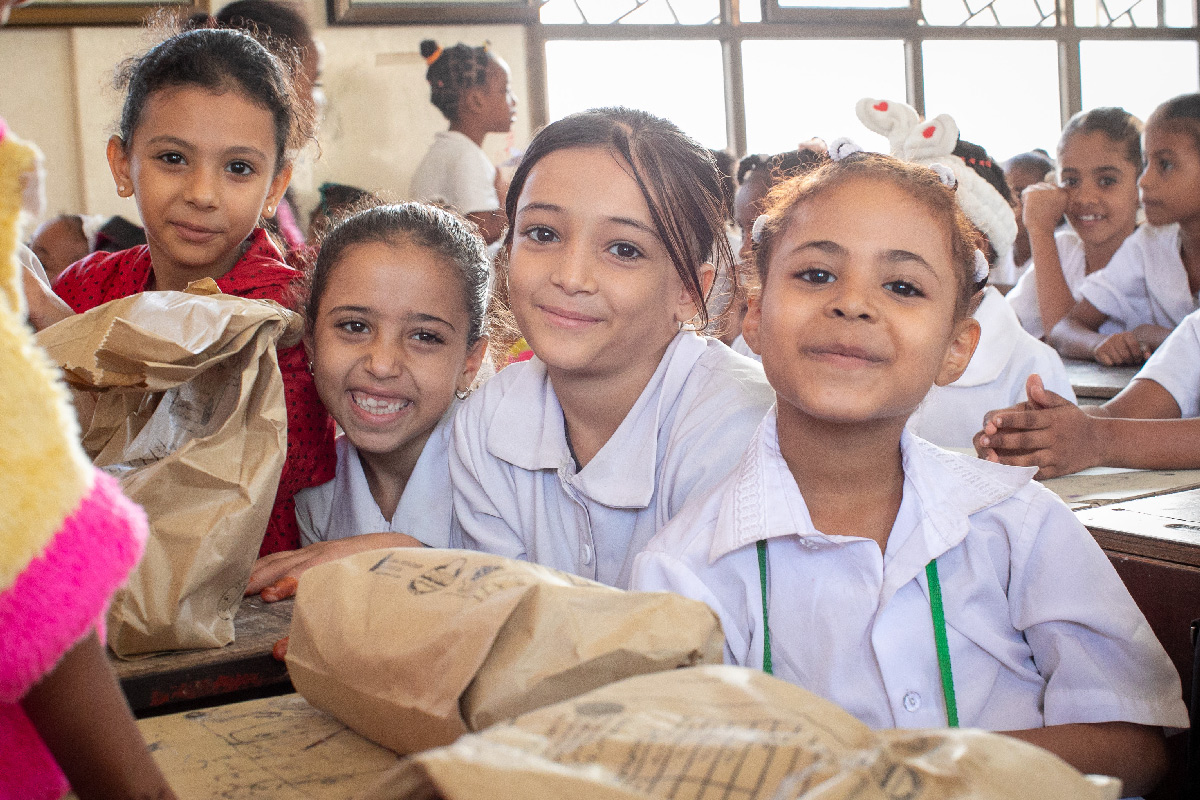
WFP/Hebatallah Munass
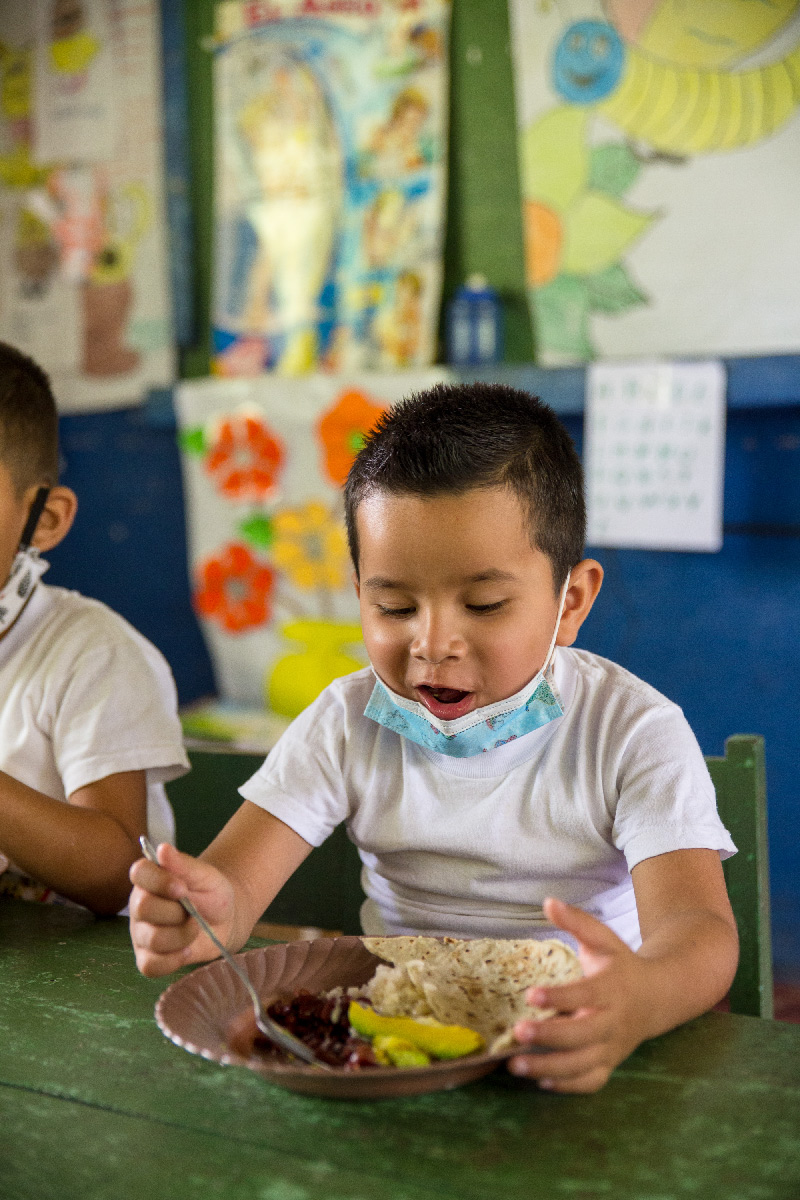
WFP/Cassandra Prena
The major challenge now is that the recovery following the pandemic has been least effective in low-income countries: coverage remains lowest where it is needed most.
Total number of children fed in 2020 and 2022
overall, income level
While globally the number of children fed has increased, low-income countries’ school meal programmes still reach 4 percent fewer children, compared to pre-pandemic levels.
Coverage in 2022 by income category
Overall, approximately 41 percent of children enrolled in primary school benefit from school meal programmes globally. Unfortunately, coverage remains lowest in low-income countries where only 18 percent of children receive a daily, nutritious meal in school.
Breakdown of aggregate expenditure by source
of funding in 2020 and 2022
The share of domestic funding in low-income countries has increased from approximately 30 percent in 2020 to 45 percent in 2022, a total of US$ 392 million. During this same period, there has been a 6 percent reduction in international support, from approximately US$ 267 million in 2020 to US$ 214 million in 2022.
Learn more about school feeding programmes in 2022: scale, coverage and trends in Chapter 1 of the report.
3
The School Meals Coalition: progress and opportunities
The School Meals Coalition has emerged as a prominent and innovative vehicle for multilateral action and addresses multiple Sustainable Development Goal (SDG) outcomes.
The main goal of the School Meals Coalition is to ensure that, by 2030, every child receives a healthy, nutritious daily meal in school. To achieve this the member states set out three objectives:
Restore all national school meal programmes lost to the pandemic by 2023
Reach the 73 million most vulnerable children who were not reached even prior to the pandemic by 2030
Improve the quality and efficiency of school health and nutrition programmes globally by 2030
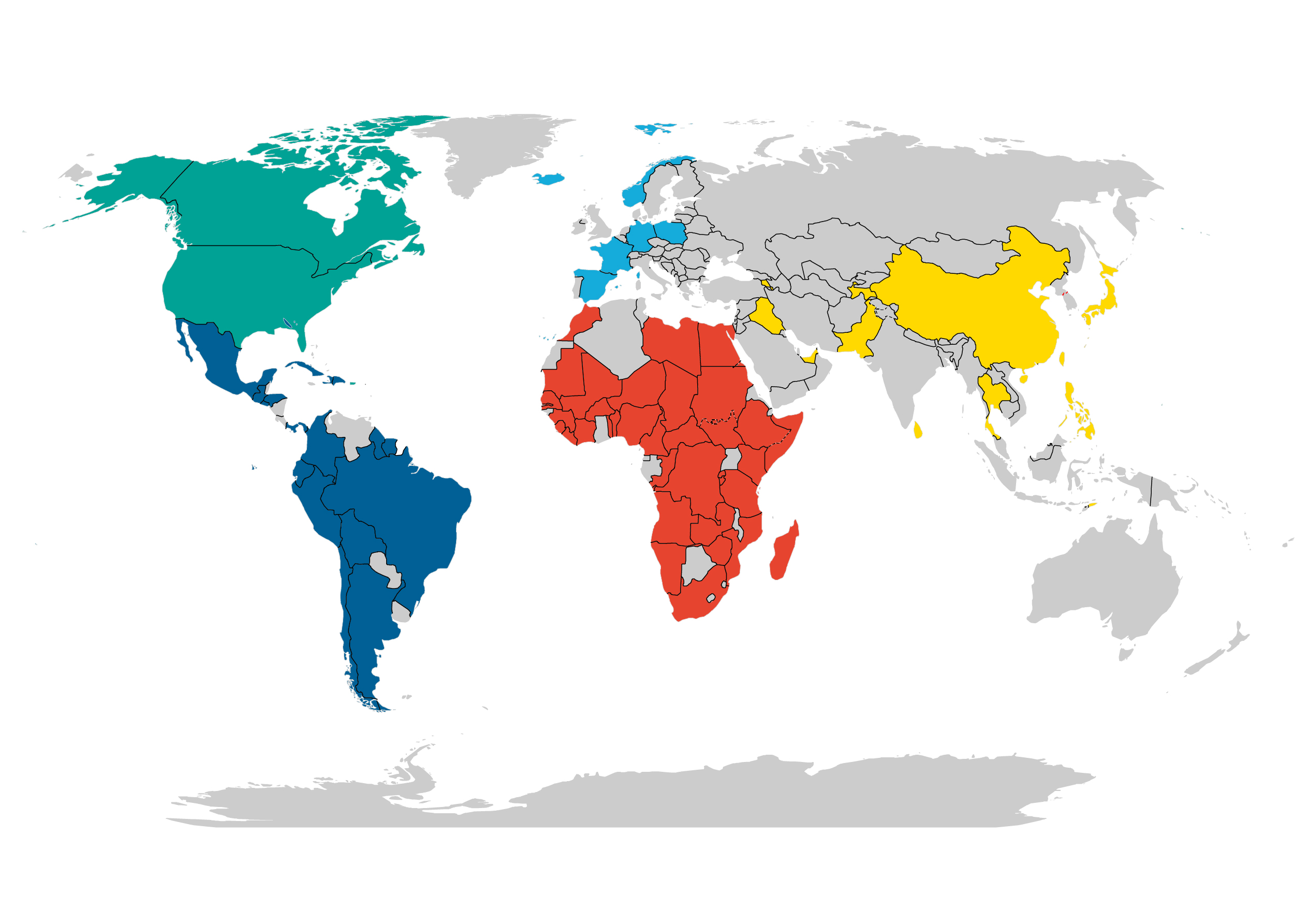
Africa
Asia and the Pacific
Latin America and the Caribbean
Europe
North America
76
*
COUNTRIES
83
*
PARTNERS
18
*
NATIONAL COMMITMENTS
*numbers accurate as of March 2023, updated information on the Coalition's website
WFP/Fredrik Lerneryd
Rwanda
In 2019, President Kagame and his Prime Minister called for a complete revamp of the national school meal programme and an ambitious, comprehensive national scale-up. School meals had become a national priority.
In 2021, as part of Rwanda’s commitments to the School Meals Coalition, Rwanda’s Minister of Education announced that the government would achieve universal coverage of school feeding for basic education and increased its budget from US$ 8 million in 2020 to US$ 33 million in 2021.
In 2022, Rwanda announced impressive progress:
• Coverage increased from 660,000 to 3.8 million students
• National budget increased from US$ 33 million to US$ 74 million
Rwanda is also working to strengthen programme links to local markets through local supply chains.
BUDGET IN 2022
US$ 74 million
WFP/Alexis Masciarelli
Benin
Benin joined the School Meals Coalition with strong engagement from President Talon, who has made school meals a flagship initiative for the country. Over the past few years, Benin has made tremendous strides towards increasing the coverage and quality of its school meals programmes:
• In 2016, school meals barely reached one in five students with a dedicated budget of around US$ 1.5 million.
• In 2021, Benin committed to move towards universal school meals coverage with a national budget increase from US$ 79 million to US$ 240 million over the next five years.
• Over the next years, the national school meal programme is aiming to achieve 100 percent coverage.
• Benin is also looking to improve the quality and sustainability of the programme and to introduce a national school meals law, which could help anchor the programme as a key government safety net.
BUDGET IN 2021
US$ 79 million
Learn more about the School Meals Coalition on the website and in Chapter 2 of the report.
SCHOOL MEALS COALITION WEBSITE4
The global and strategic role of WFP in school health and nutrition
WFP/Sayed Asif Mahmud
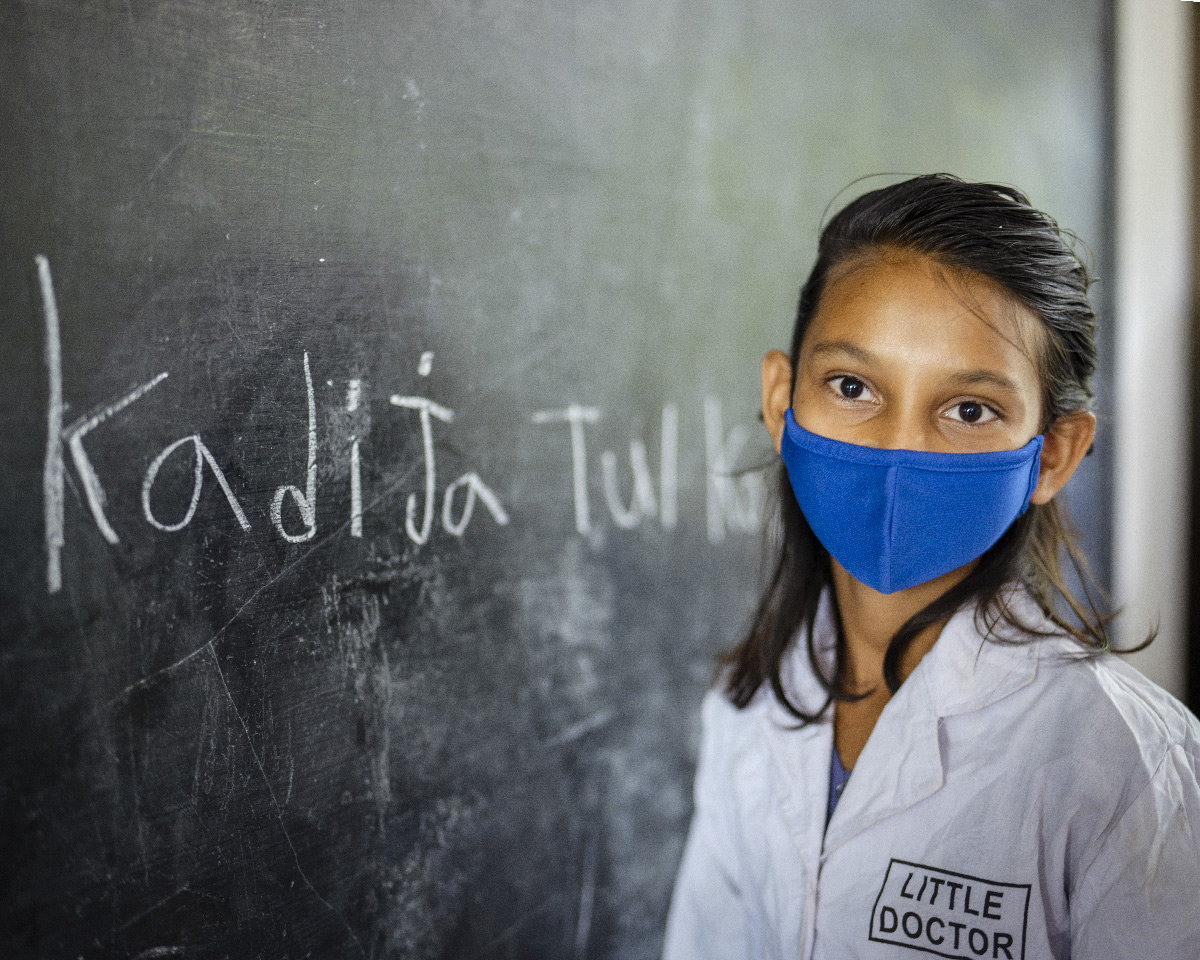
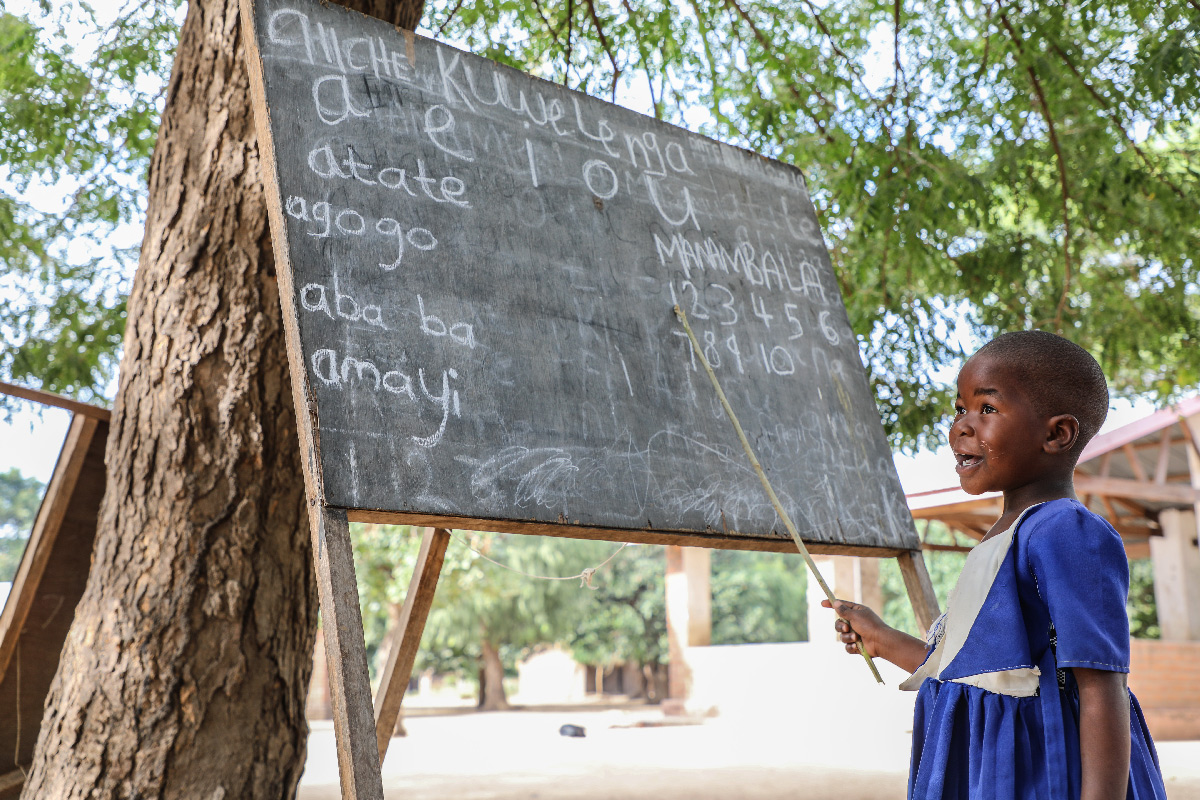
WFP/Simon Pierre Diouf
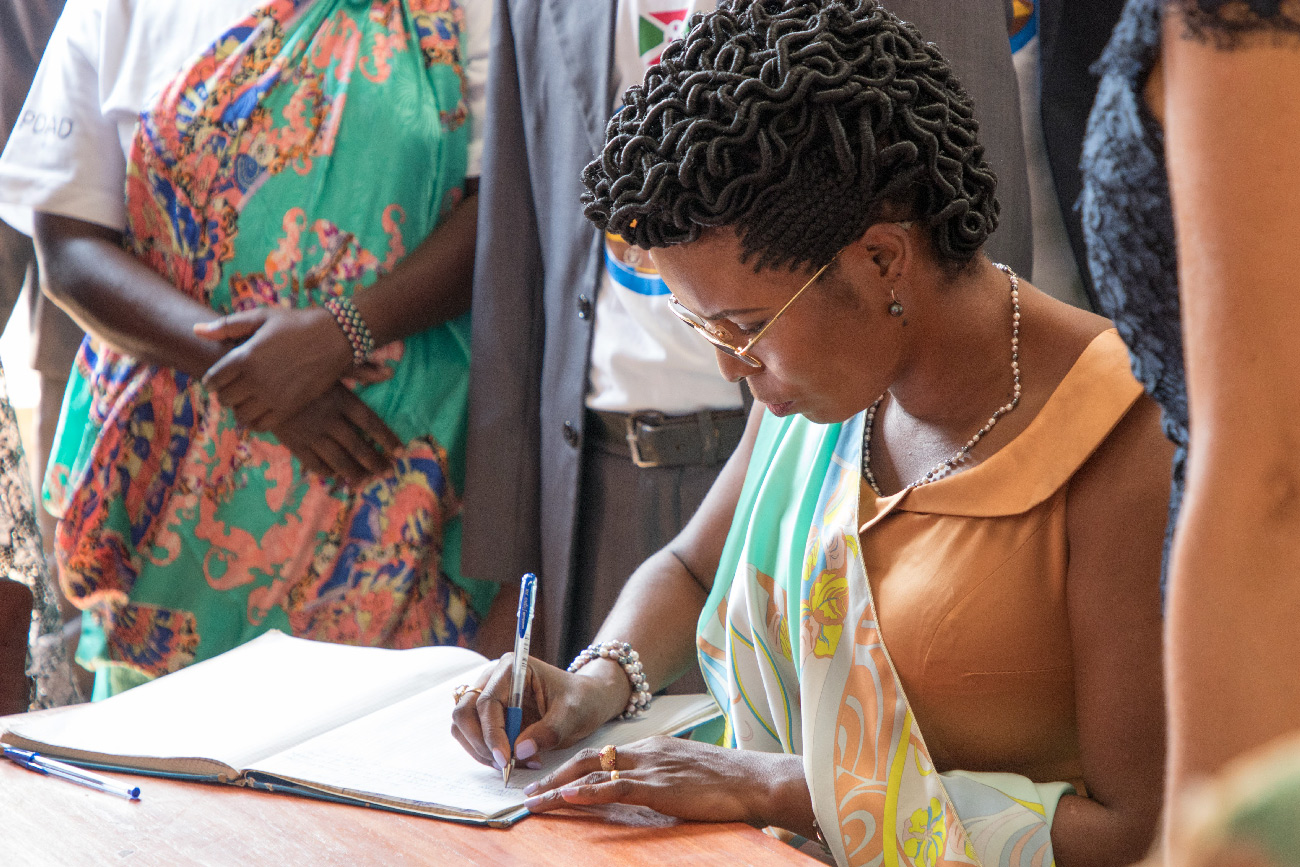
WFP/ Irenee Nduwayezu
WFP has reinforced its leadership by making school meals a corporate flagship intervention, strengthening its capacities at all levels to support governments and improving its ability to demonstrate results.
Overview of WFP school feeding programmes around the world in 2021
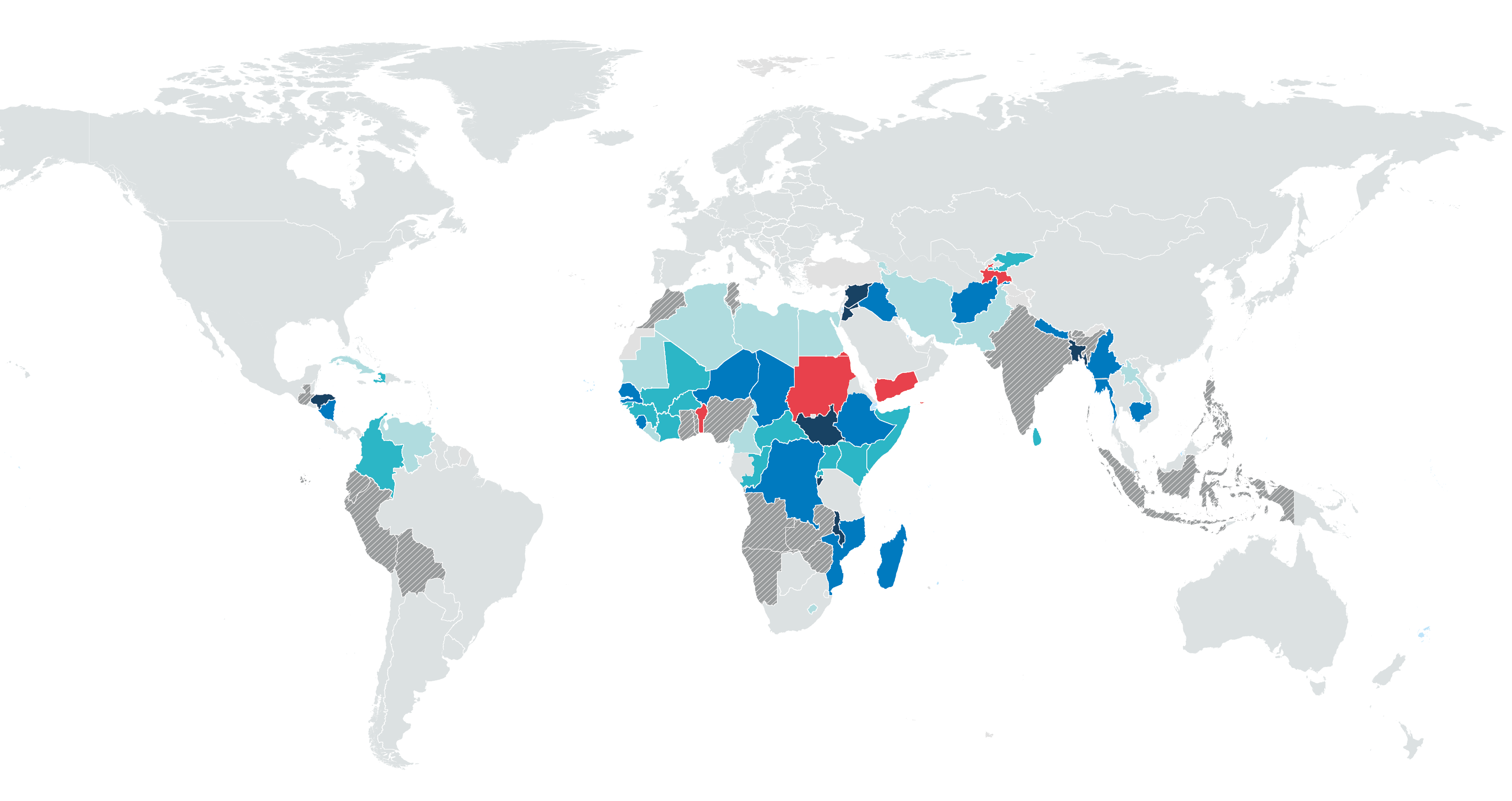
Number of children receiving school meals in 2021 as a result of WFP's operational support
<0.1 million
0.1 - 0.2 million
0.2 - 0.4 million
0.5 - 0.7 million
> 0.7 million
Technical assistance only
No WFP programme
Latin America & Caribbean
1.3
Middle East & North Africa
2.9
Europe & Central Asia
0.7
Sub-Saharan Africa
8.6
South Asia
1.3
East Asia & Pacific
0.7
As the lead UN agency for this area of work, WFP supports the global school meals agenda in multiple ways: through technical and policy support WFP indirectly influences the quality of life, access to education and nutritional status of 107 million schoolchildren in 77 countries and local communities, including strengthening agricultural production and improving the lives and livelihoods of smallholder farmers and partners across the food system value chain.
Where necessary, WFP also directly provides school meals to vulnerable children in support of national objectives.
In 2021, WFP provided school meals to 15.5 million children in 57 countries.
‘Climate-smart’ school meal programmes could be part of the vanguard of country efforts to become more climate resilient by diversifying diets, aligning agriculture and procurement to local food sovereignty, and by rethinking energy and farming practices.
Watch how WFP is making this happen in Sierra Leone.
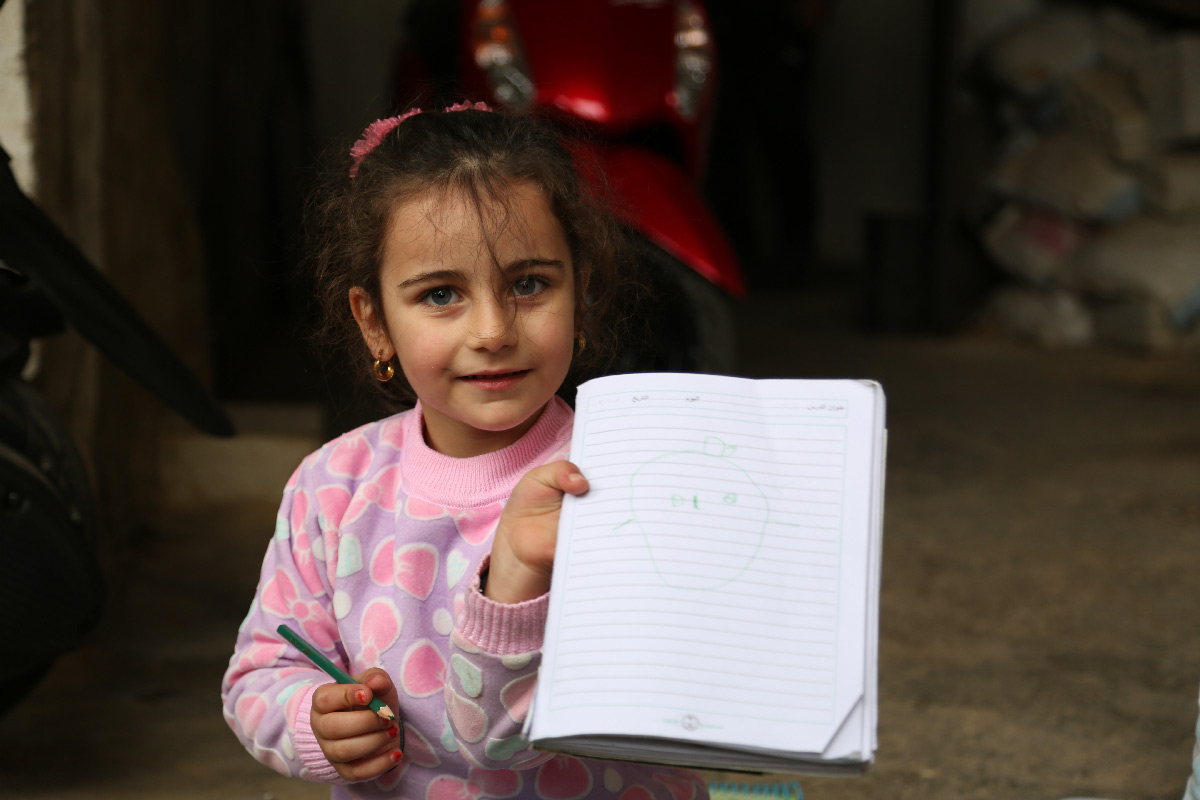
WFP/Edmond Khoury
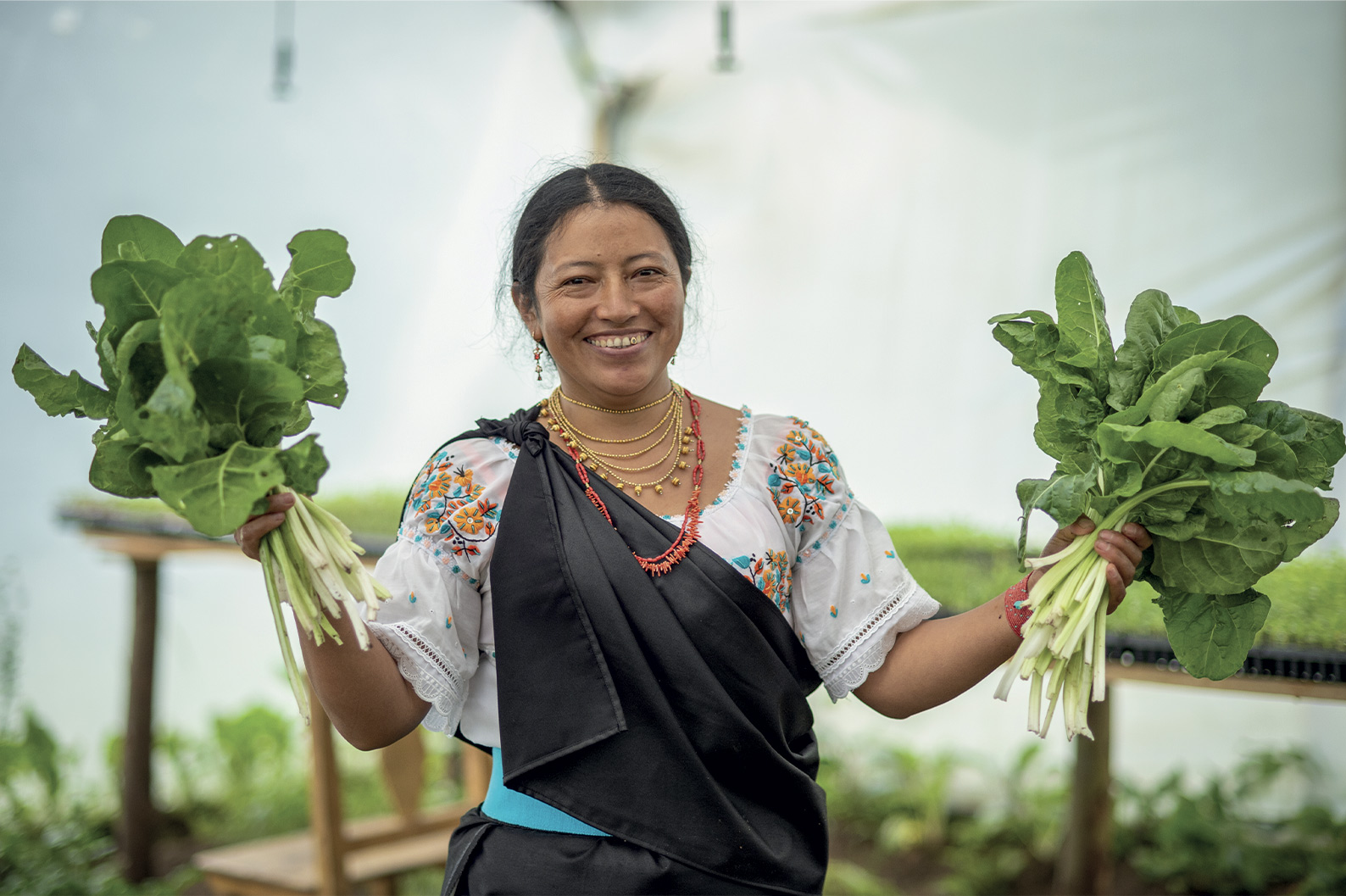
WFP/Giulio d'Adamo
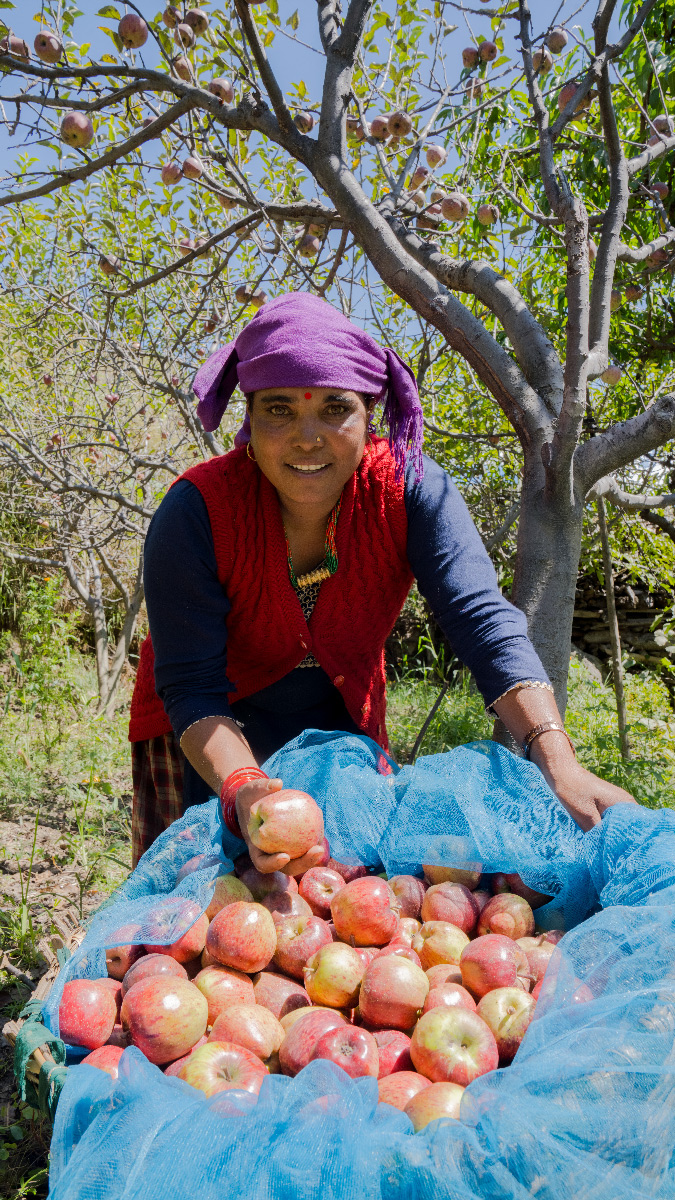
WFP/Srawan Shrestha
School-Based Programme’s Theory of Change
The theory of change for WFP’s 2020–2030 School Feeding Strategy was developed in 2020, outlining the intended results and changes in the lives of beneficiaries. The theory of change is pitched at a global rather than a country-level model. Its results-based approach is to closely track yearly progress against these intended outcomes for each target group and impact pathway, namely girls and boys, their families, actors in the local value chain and governments.
Progress is measured through quantitative and qualitative indicators under each result, alongside evaluations, reviews and other learning exercises.
Learn more about WFP's work on school meals and our Theory of Change
in Chapter 4
School meal
programmes provide
more
than just
a meal
It is a platform that nourishes the next generation, creating jobs, economic growth, and longer-term development for entire countries
5
School meal programmes provide more than just a meal
School meal programmes provide a platform that nourishes the next generation, creating jobs, economic growth and longer-term development for entire countries

WFP/Arlette Bashizi
For vulnerable families, the value of school meals can be equivalent to about 10 percent of a household’s income. Especially for families with several children, school meals can mean substantial savings.
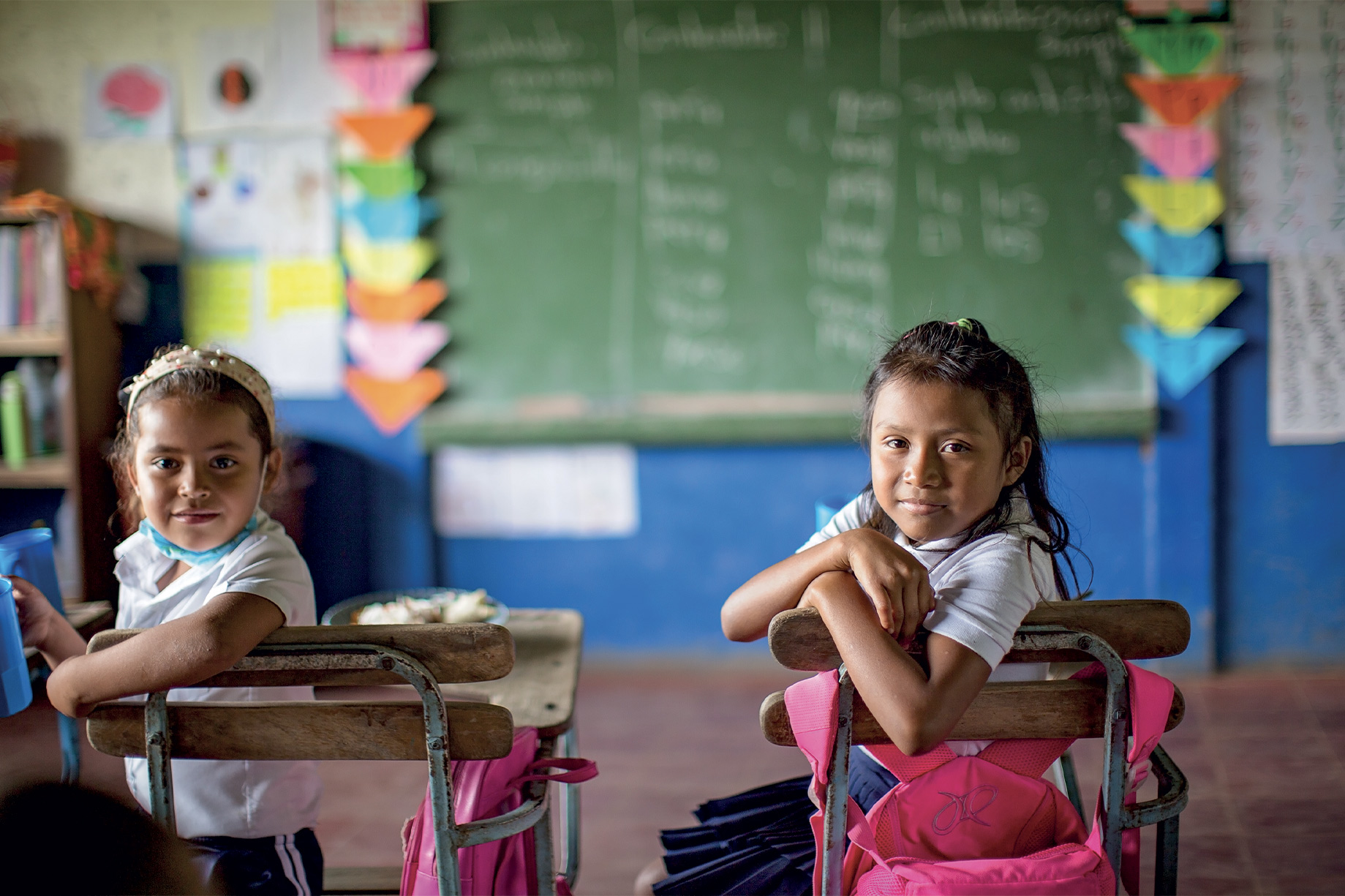
WFP/Cassandra Prena
School meal programmes can increase enrolment by an average of 9 percent, while significantly increasing attendance rates and decreasing drop-out rates.
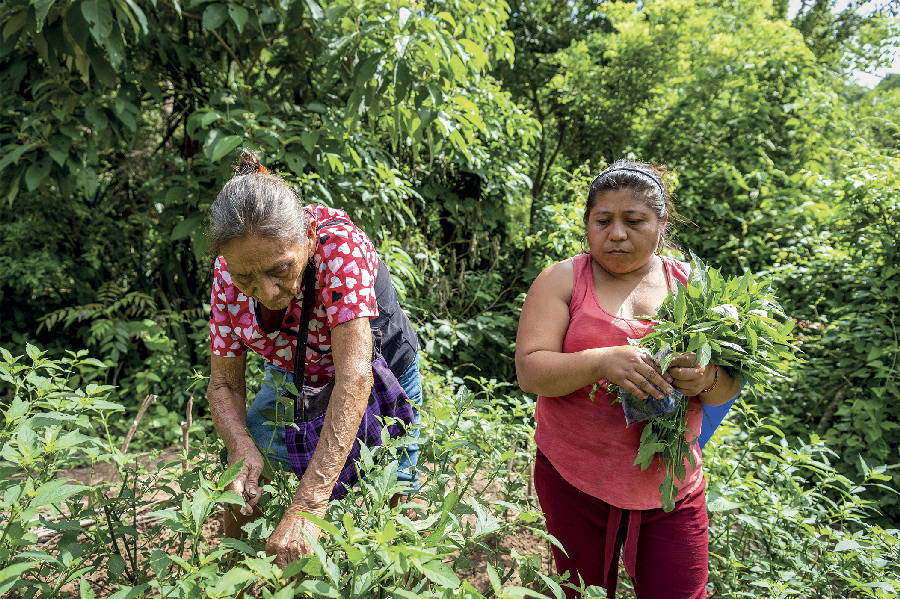
WFP/Giulio d'Adamo
Per 100,000 children fed, approximately 1,377 jobs are created by school feeding programmes along the value chain, particularly benefitting female entrepreneurs.
4 million jobs have been directly created through school meal programmes in 85 countries.
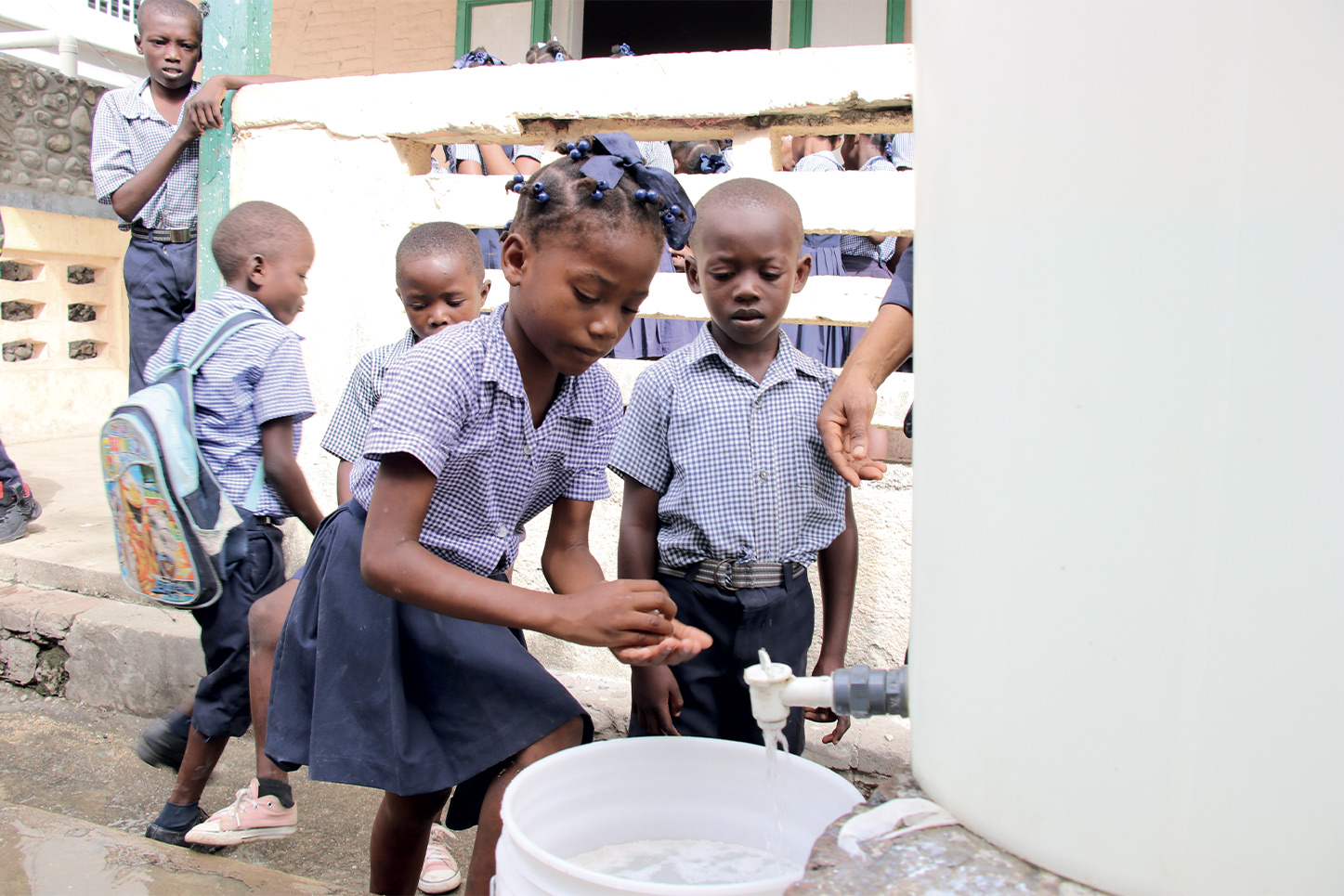
WFP/Alexis Masciarelli
Evidence suggests that well-designed school meals can reduce the prevalence of anaemia in girls by up to 20 percent.
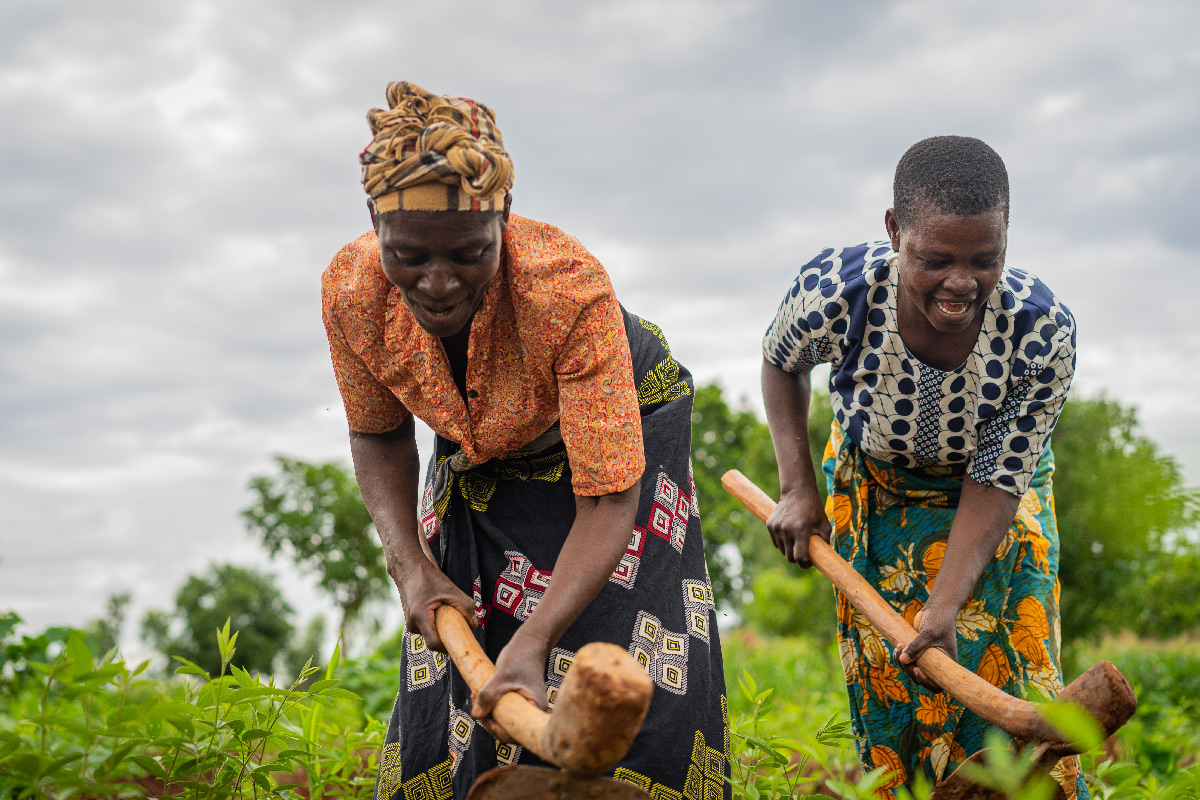
WFP/Badre Bahaji

WFP/Andy Higgins
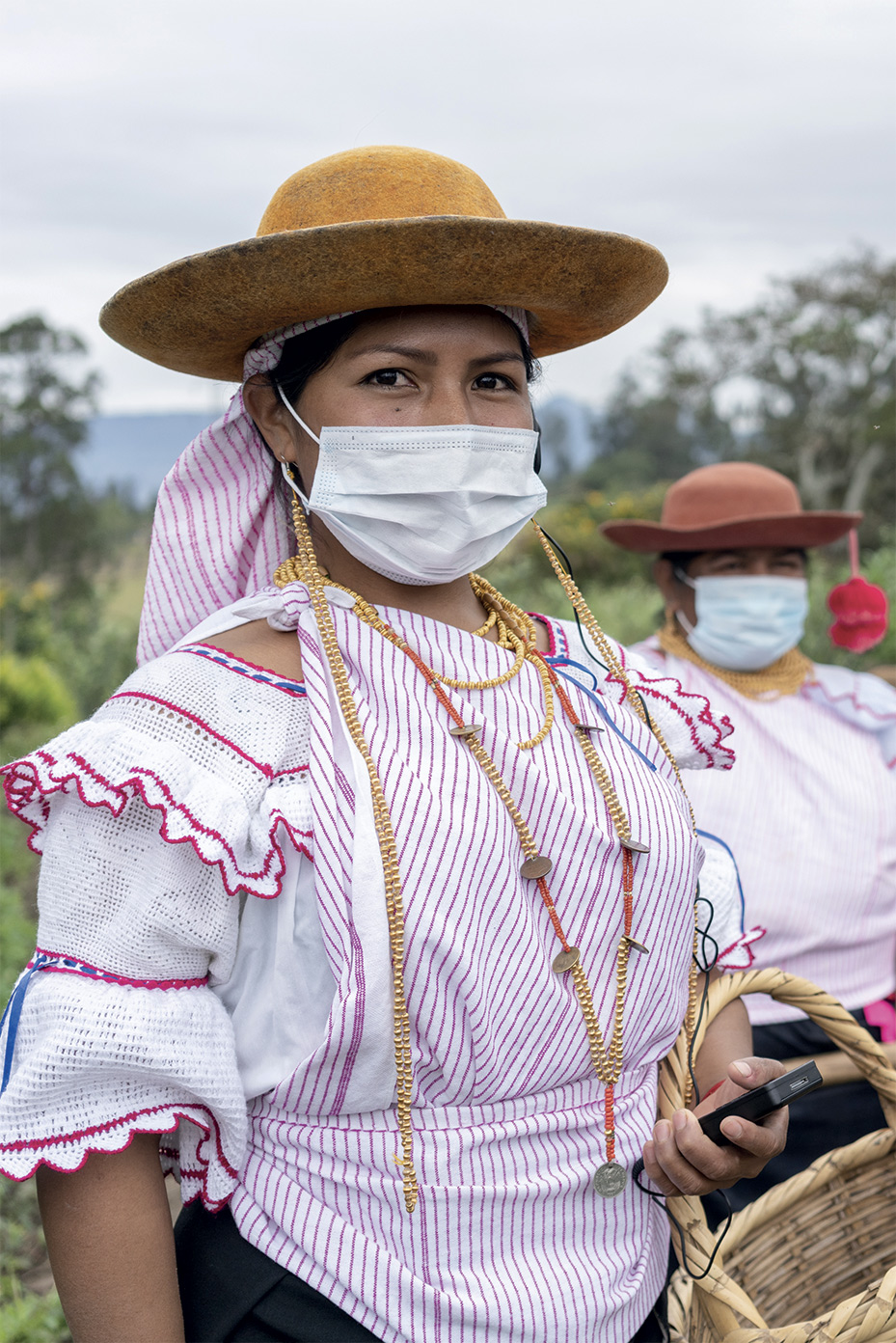
WFP/Ana Buitron
School meal programmes provide a fertile ground for research and innovation that can change the lives of millions of people
School meal programmes create an annual market of US$ 48 billion. This creates a huge and predictable market and offers an extraordinary opportunity to invest in sustainable food systems and diets, while responding proactively to the global food crisis.
The impressive returns from investments in school meal programmes make them sustainable for both countries and donors alike.
Learn more about the return on investment from school meal programmes and the Research Consortium’s work on Value for Money Studies in Chapter 3 of the report.
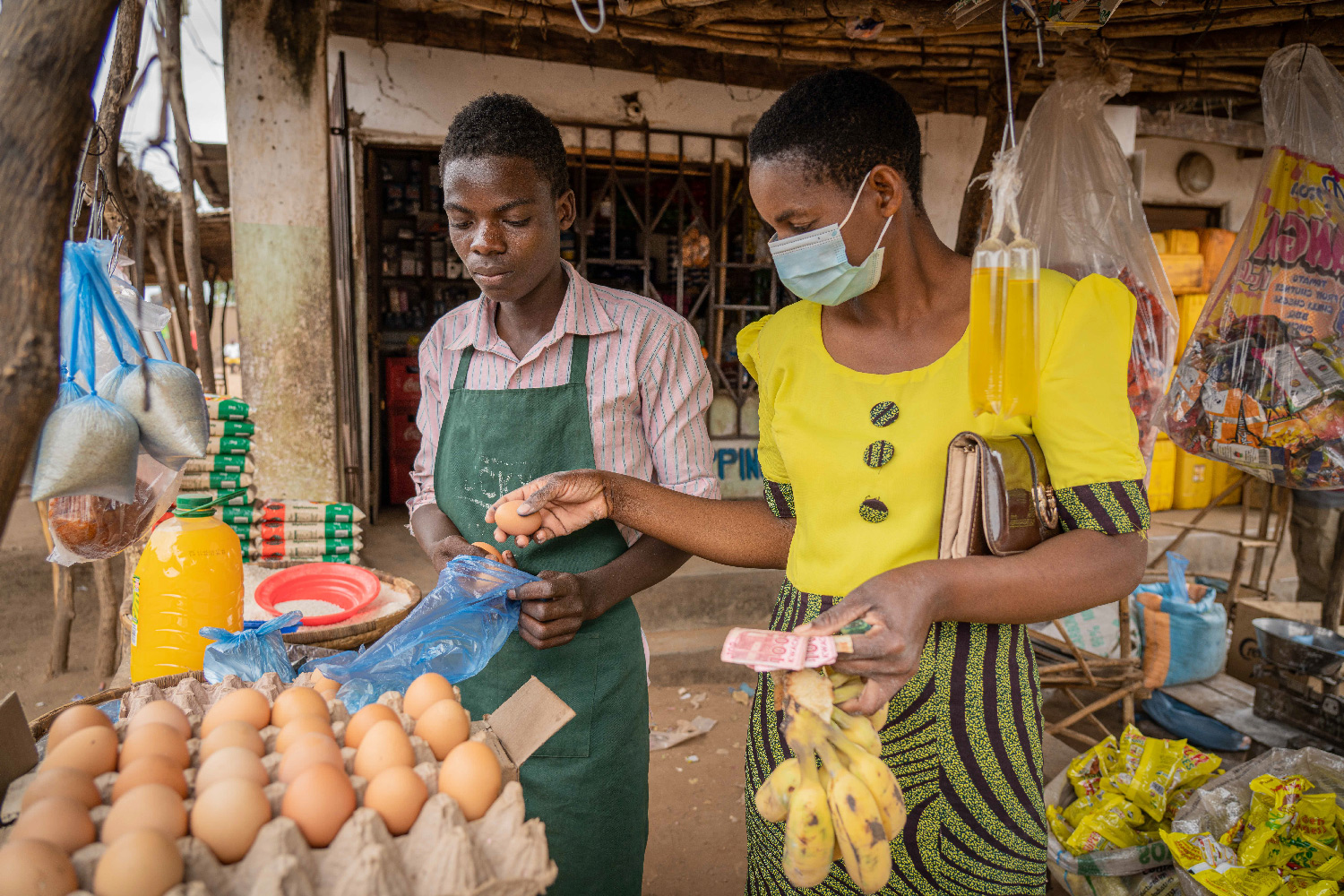
WFP/Badre Bahaji

WFP/Badre Bahaji

WFP/Hugh Rutherford
There is an opportunity to leverage the school meals platform and its annual market force for more climate-smart and sustainable food systems, that deliver better nutrition and more diverse diets.

WFP/Binai Lama
When school meal programmes purchase food locally, they match quality diets to local production, increase local agro-biodiversity and strengthen local food sovereignty. This can support smallholder farmers, especially rural women and indigenous producers, and increase the availability of fresh foods for the whole community.

WFP/Sayed Asif Mahmud
Climate-smart school meal programmes could be in the vanguard of country efforts to become more climate resilient by diversifying diets, aligning agriculture and procurement to local food sovereignty, and rethinking energy and farming practices. Local procurement of school meals also leads to shorter supply chains, resulting in lower carbon emissions and paving the way to a greener future.

WFP/Michael Tewelde
Over the years, the focus of efforts to support school-aged children was primarily put on “learning” as a priority outcome, with much less attention paid to the “learner”. The “Biomarkers of Nutrition for Development: Knowledge Indicating Dietary Sufficiency: the BOND-KIDS Project” aims to fill the gaps in our understanding of how school feeding programmes impact children’s health and development via the amount and quality of dietary intake and subsequent nutritional status, and how to measure those outcomes. To support governments develop and implement nutrition guidelines and standards, which improve the nutritional quality, quantity and adequacy of foods and meals in school, FAO, WFP and BMEL have partnered on the project “Nutrition guidelines and standards for safeguarding schoolchildren and adolescents’ right to food”.
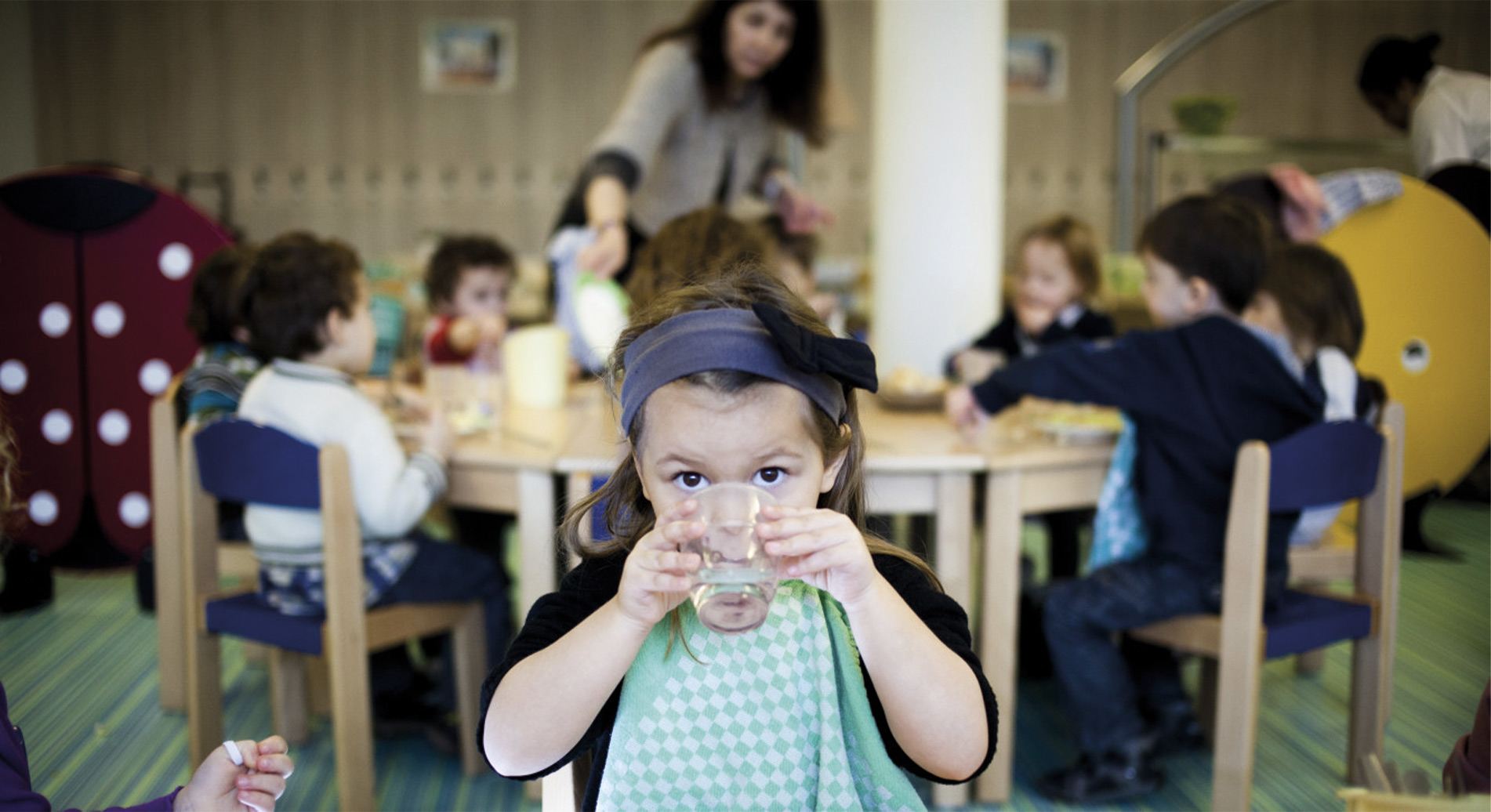
Government of France Ministry of Education
Together with the Rockefeller Foundation, WFP aims to scale up the consumption of nutritious foods, such as fortified wholegrain flour, for school-age children through leveraging school feeding procurement as an enabler for better nutrition outcomes. For example, fortified wholegrain for example addresses the need for affordable nutritious food to serve some of the most vulnerable populations, while maximizing the nutritional value per cost unit.
Learn more about home-grown school feeding’s impact on biodiversity and its contribution to diet diversification, as well as new projects and collaborations on nutrition and food systems, in Chapter 3 of the report.
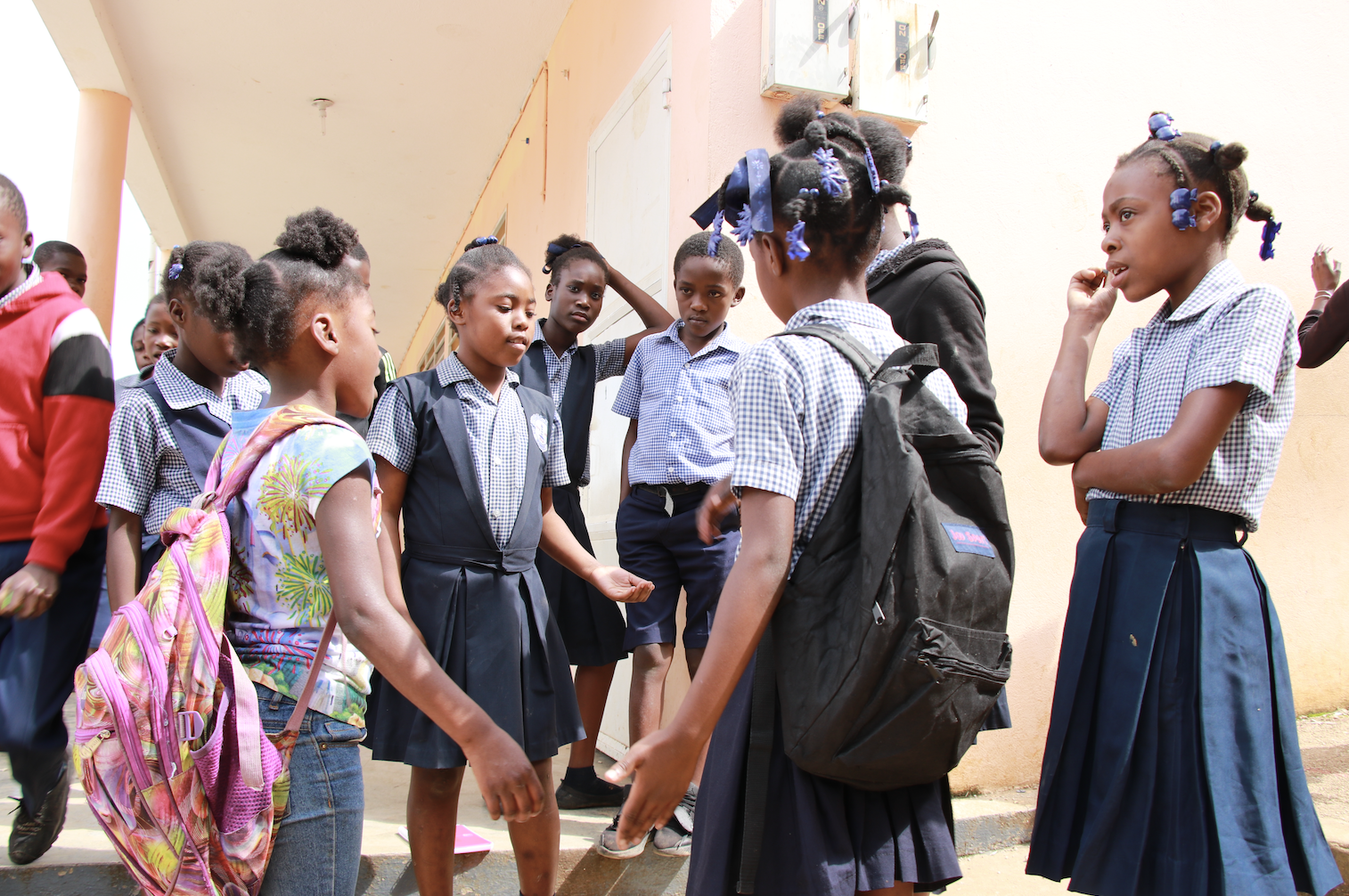
WFP/Alexis Masciarelli
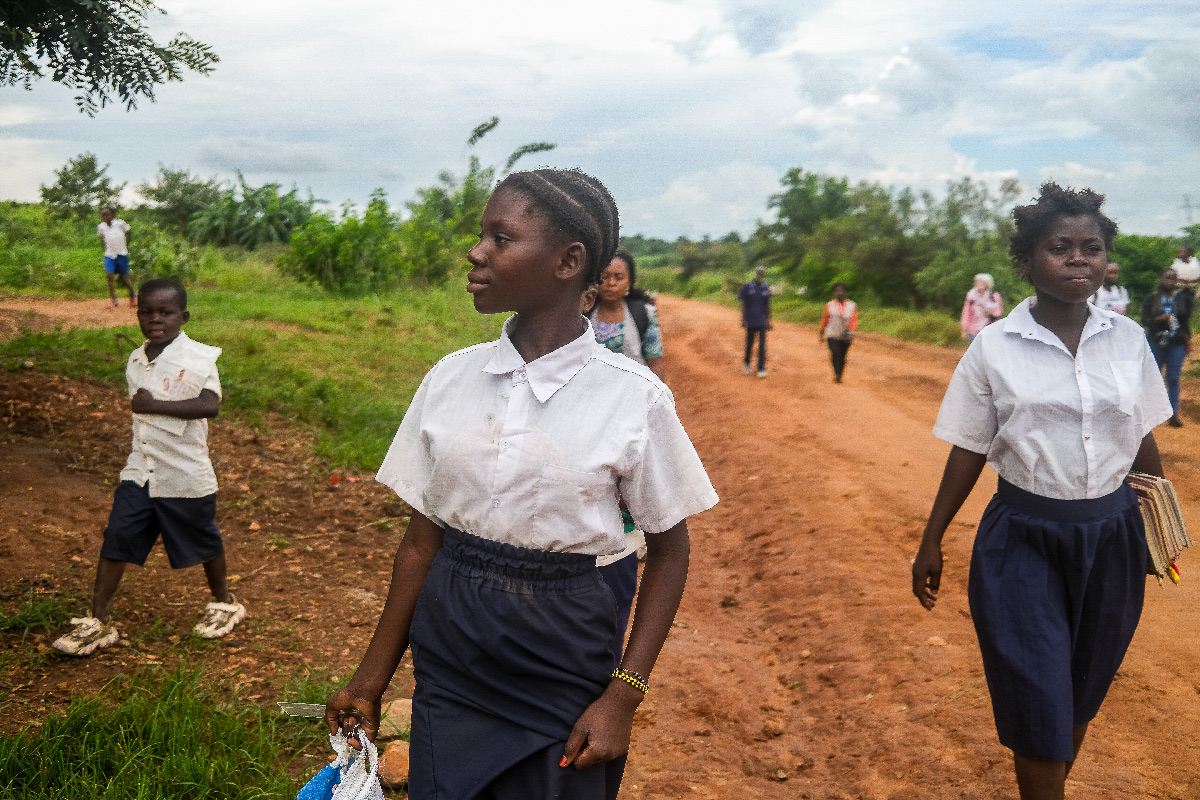
WFP/Arete/Therese Di Campo

WFP/Cassandra Prena
School feeding matters for the health and well-being of adolescents
Adolescents’ well-being is dependent on several factors outlined in the diagram below.
School meal programmes are an essential component of a truly integrated healthy and health promoting education system that contributes to achieving adolescent well-being.
Click on each triangle to learn more
Click on each domain to learn more
Click on each triangle to learn more
Learn more about how school meal programmes are supporting the health and well-being of adolescents globally in the Special Report Chapter of the publication.